The world’s oceans are teeming with life, from tiny plankton to massive whales. Yet, amidst the beauty and diversity of marine ecosystems, there are creatures that pose significant threats to humans and other animals. In this comprehensive analysis, we dive into the depths of the ocean to uncover the top 10 most dangerous ocean creatures, exploring their behaviors, habitats, and the risks they pose to unwary swimmers, divers, and sailors.
10 Most Dangerous Ocean Creatures in the World
1. Box Jellyfish (Chironex fleckeri)
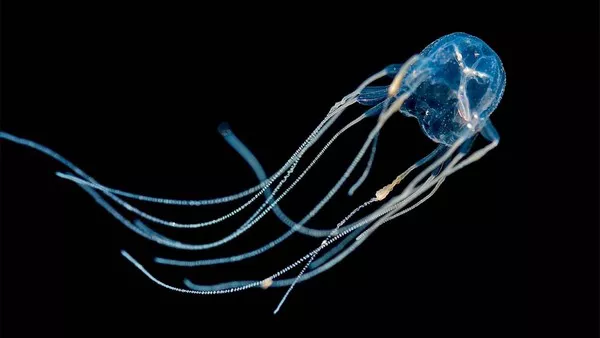
The box jellyfish is widely regarded as one of the most venomous creatures in the ocean, earning it the nickname “sea wasp.” Found primarily in the waters of the Indo-Pacific region, including northern Australia and Southeast Asia, the box jellyfish possesses long, tentacle-like extensions armed with thousands of tiny, venom-filled nematocysts.
Contact with a box jellyfish’s tentacles can result in excruciating pain, skin necrosis, and in severe cases, cardiac arrest and death. The venom of the box jellyfish targets the cardiovascular and nervous systems, causing rapid and severe reactions in humans. Despite its translucent appearance and delicate appearance, the box jellyfish is a formidable predator capable of delivering a deadly sting to unsuspecting victims.
2. Great White Shark (Carcharodon carcharias)
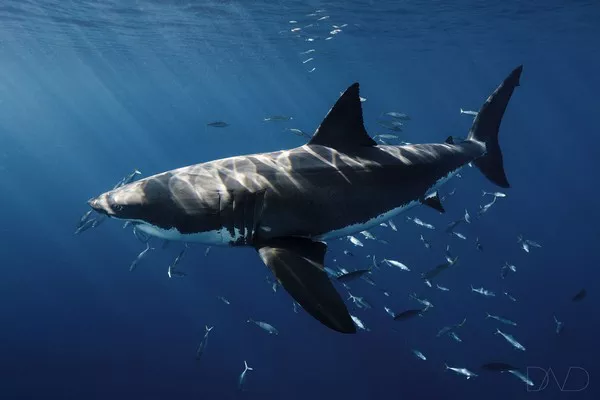
The great white shark is perhaps the most iconic and feared predator of the ocean, with a reputation for powerful jaws, razor-sharp teeth, and unmatched hunting prowess. Found in coastal waters around the world, from California to South Africa to Australia, the great white shark is a formidable apex predator, capable of taking down large prey with ease.
While attacks on humans are rare, the great white shark’s size, strength, and predatory instincts make it a potentially deadly threat to swimmers, surfers, and divers. With rows of serrated teeth and a voracious appetite, the great white shark is a fearsome predator that commands respect and caution from those who venture into its domain.
3. Saltwater Crocodile (Crocodylus porosus)
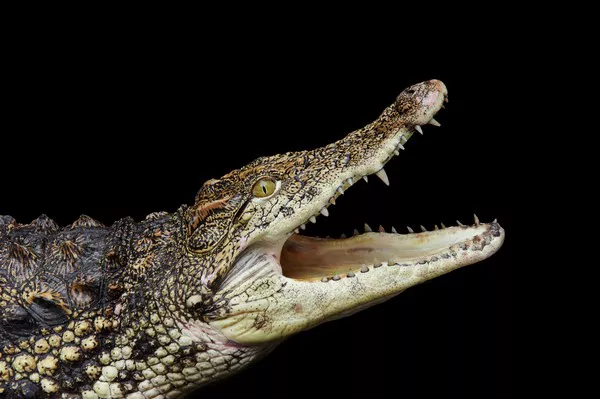
The saltwater crocodile, also known as the “salty” or “salties,” is the largest living reptile and a formidable predator found in the brackish and freshwater habitats of the Indo-Pacific region, including northern Australia, Southeast Asia, and the eastern coast of India. With its powerful jaws, keen sense of smell, and stealthy ambush tactics, the saltwater crocodile is a fearsome apex predator capable of taking down large prey, including humans.
Saltwater crocodile attacks on humans are relatively rare but can be fatal due to the reptile’s immense size and strength. With a bite force that rivals that of a Tyrannosaurus rex, the saltwater crocodile is a formidable predator that commands respect and caution from anyone venturing into its territory.
4. Portuguese Man o’ War (Physalia physalis)
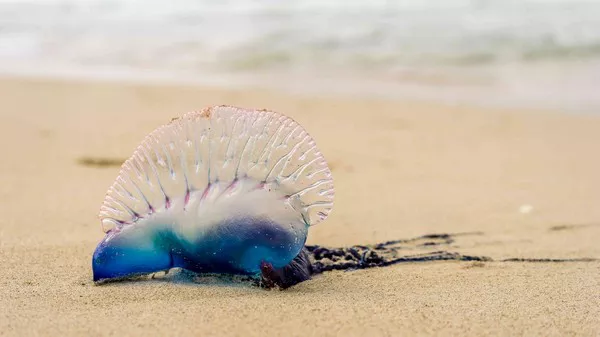
The Portuguese man o’ war is not a single organism but a colonial organism composed of specialized polyps working together as a single unit. Found in warm ocean waters around the world, including the Atlantic, Pacific, and Indian Oceans, the Portuguese man o’ war is known for its distinctive float, which resembles a sail, and its long, stinging tentacles that trail beneath the surface of the water.
Contact with the tentacles of a Portuguese man o’ war can result in excruciating pain, skin necrosis, and in severe cases, respiratory distress and cardiac arrest. Despite its delicate appearance, the Portuguese man o’ war is a dangerous predator capable of delivering a potent sting to unsuspecting swimmers and beachgoers.
5. Lionfish (Pterois)

The lionfish, with its striking red and white stripes and fan-like fins, is a beautiful yet deadly predator found in the warm waters of the Indo-Pacific region, the Caribbean Sea, and the Gulf of Mexico. Armed with venomous spines along its dorsal, pelvic, and anal fins, the lionfish is a formidable predator capable of delivering a painful and potentially life-threatening sting to its prey and would-be predators.
While attacks on humans are rare, contact with a lionfish’s venomous spines can result in intense pain, swelling, and in severe cases, respiratory distress and paralysis. Despite efforts to control their populations, lionfish continue to pose a significant threat to native marine ecosystems and the humans who interact with them.
6. Blue-Ringed Octopus (Hapalochlaena)

The blue-ringed octopus is a small yet deadly predator found in the coral reefs and tide pools of the Indo-Pacific region, including Australia and Southeast Asia. Despite its diminutive size, the blue-ringed octopus is one of the most venomous creatures in the ocean, with venom capable of causing paralysis and respiratory failure in humans.
While attacks on humans are rare, contact with a blue-ringed octopus’s venomous bite can result in rapid and sever
e symptoms, including muscle weakness, blurred vision, and respiratory distress. Despite its small size and delicate appearance, the blue-ringed octopus is a formidable predator that commands respect and caution from those who encounter it.
7. Stonefish (Synanceia)
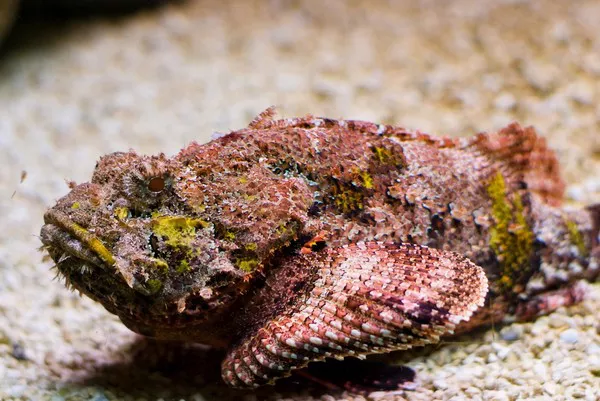
The stonefish is a master of camouflage, blending seamlessly into its sandy ocean habitat with its mottled brown coloration and warty skin. Found primarily in the coastal waters of the Indo-Pacific region, including Australia and Southeast Asia, the stonefish is one of the most venomous fish in the ocean, with venomous spines along its dorsal fin capable of delivering a potent sting to unsuspecting prey and predators.
Contact with a stonefish’s venomous spines can result in excruciating pain, swelling, and in severe cases, respiratory distress and cardiac arrest. Despite its unassuming appearance, the stonefish is a dangerous predator that poses a significant threat to unwary swimmers, divers, and beachgoers.
8. Blue Whale (Balaenoptera musculus)
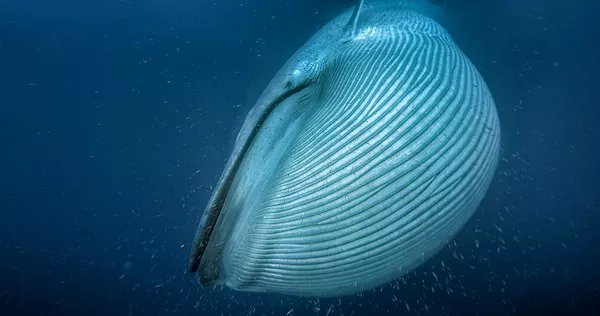
The blue whale is the largest animal on Earth, with adults reaching lengths of up to 100 feet and weights of up to 200 tons. Despite its massive size, the blue whale is a gentle giant, feeding primarily on krill and other small marine organisms by filter-feeding through baleen plates in its mouth.
While the blue whale is not a direct threat to humans, collisions between ships and blue whales can result in serious injury or death for both the whale and the people on board. Additionally, the loud, low-frequency vocalizations of blue whales can disrupt the navigation and communication of marine mammals, including dolphins and whales, leading to confusion and disorientation.
9. Tiger Shark (Galeocerdo cuvier)
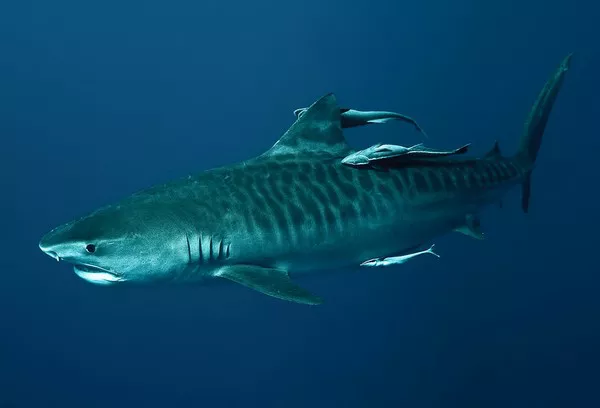
The tiger shark is a large, powerful predator found in tropical and subtropical waters around the world, from the Caribbean Sea to the Indian Ocean to the waters off Australia. Named for its distinctive striped pattern and voracious appetite, the tiger shark is a formidable apex predator capable of taking down a wide range of prey, including fish, sea turtles, and even other sharks.
While attacks on humans are relatively rare, the tiger shark’s size, strength, and aggressive feeding behavior make it a potentially dangerous threat to swimmers, surfers, and divers. With its powerful jaws and razor-sharp teeth, the tiger shark is a fearsome predator that commands respect and caution from those who venture into its territory.
10. Crocodile Shark (Pseudocarcharias kamoharai)
The crocodile shark is a rare and little-known species of shark found in deep ocean waters around the world. Named for its long, narrow snout and protruding teeth, which resemble those of a crocodile, the crocodile shark is an elusive predator that preys on small fish and squid in the deep sea.
While the crocodile shark is not a direct threat to humans, its presence in deep ocean waters underscores the diversity and complexity of marine ecosystems. With its unique morphology and cryptic behavior, the crocodile shark remains a fascinating and mysterious inhabitant of the ocean depths.
In conclusion, the ocean is home to a diverse array of creatures, from the majestic to the deadly. While many marine animals pose little to no threat to humans, others, such as the box jellyfish, great white shark, and saltwater crocodile, can be formidable predators capable of inflicting serious harm. By understanding the behaviors and habitats of these dangerous ocean creatures, we can better appreciate the challenges and risks associated with exploring the depths of the sea and take appropriate precautions to ensure our safety and well-being.
You Might Be Interested In:

























